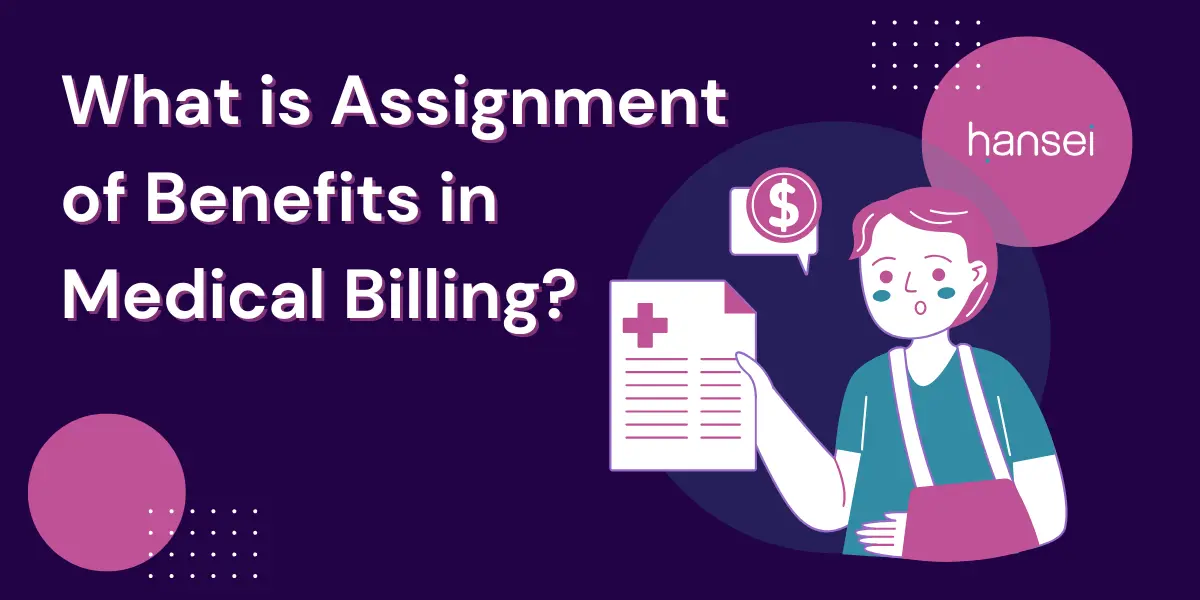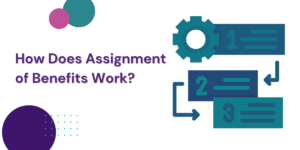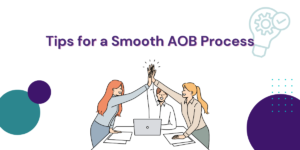Blog

If you’ve ever been to a doctor’s office, hospital, or any healthcare provider, you might have come across a form asking for your “Assignment of Benefits.” If you didn’t fully understand what that meant, don’t worry—you’re not alone. Medical billing can feel like a complex web, but breaking it down can help make things much clearer.
So, what exactly is Assignment of Benefits (AOB) in medical billing, and why is it important? In this article, we’ll explain what it is, how it works, and why it can save both patients and healthcare providers a lot of hassle.
What is Assignment of Benefits (AOB)?
At its core, Assignment of Benefits is a legal agreement that lets your healthcare provider get paid directly by your insurance company for any services you’ve received. Without AOB, you’d have to pay the provider upfront and then file a claim with your insurance to get reimbursed later. So, AOB is a way to simplify that payment process.

How Does Assignment of Benefits Work?
Here’s a simple rundown of how AOB works:
- You Get Treatment: Whether it’s a routine check-up or a more serious procedure, you receive care from your provider.
- You Sign the AOB Form: As part of your paperwork, you agree to let your insurance company send the payment directly to the provider.
- The Provider Sends the Bill: Your provider submits the bill to your insurance company for the services they’ve provided.
- Insurance Pays the Provider: Once your insurance processes the claim, they send the payment straight to the provider.
- You Pay What’s Left: Depending on your insurance, you might still have to cover things like copays, deductibles, or any part of the bill that wasn’t covered.
It’s a system that helps take the financial burden off your shoulders by ensuring that the provider gets paid directly, rather than you having to manage the entire payment process.
Why is Assignment of Benefits Important?
Assignment of Benefits is really important for both patients and healthcare providers because it simplifies the payment process.
For Patients
AOB makes it easier by ensuring that you don’t have to pay the full amount upfront and then wait for your insurance company to reimburse you. Instead, your insurance pays the provider directly, and you only cover any remaining costs like copays or deductibles.
For Providers
AOB ensures that they get paid quickly and directly by the insurance company. According to a 2020 survey by the Healthcare Financial Management Association (HFMA), over 80% of healthcare providers prefer this method because it streamlines their cash flow and reduces the time they spend chasing payments from patients.
How Does AOB Affect the Claims Process?
When you sign an AOB, the process for paying your medical bills changes slightly. Instead of paying the provider and then asking your insurance to pay you back, the insurance company handles it for you by paying the provider directly.
This can really speed things up. The American Medical Association (AMA) found that using Assignment of Benefits can cut down the processing time for insurance claims by up to 30%. That means fewer headaches for you and less waiting around to find out what your insurance is going to cover.
Without AOB, you’d be responsible for paying the full cost upfront, which can be a financial strain. Then, you’d have to go through the process of filing a claim, waiting for it to be approved, and then waiting again for reimbursement—sometimes this can take weeks, if not months.
Legal Considerations and Pitfalls of Assignment of Benefits
While AOB can make life easier, it’s not without its complications. In some states, laws regulate how and when Assignment of Benefits can be used, especially when dealing with out-of-network providers. These laws are meant to prevent situations where out-of-network providers charge your insurance much higher rates than in-network providers, leading to something known as “surprise medical bills.”
For example, the No Surprises Act was introduced to protect patients from these kinds of unexpected charges. The law, which went into effect in January 2022, ensures that patients won’t be hit with surprise bills if they receive emergency care from an out-of-network provider.
There’s also the issue of insurance companies sometimes rejecting or limiting AOB claims, particularly when they suspect fraud. According to the National Health Care Anti-Fraud Association (NHCAA) fraud related to AOB has been reported in areas like medical equipment and rehabilitation services. So, it’s important to make sure that your provider is following all the rules when using AOB.
What Happens with Out-of-Network Providers?
Assignment of Benefits can get a little tricky when you’re dealing with out-of-network providers. Providers that are part of your insurance network have already agreed on rates with your insurance company. But out-of-network providers don’t have those agreements in place, which means they can charge higher rates.
In these cases, you might still be asked to sign an AOB so the provider can bill your insurance directly. However, this doesn’t mean you’re off the hook for the entire bill. You could still end up getting billed for the difference between what the insurance covers and what the provider charges. This is known as “balance billing.”
A 2019 survey by the Kaiser Family Foundation (KFF) found that 18% of insured adults had received an unexpected medical bill from an out-of-network provider in the previous two years. Many of these cases involved patients who had signed AOB agreements but were still responsible for substantial out-of-pocket costs.

Tips for a Smooth AOB Process
To make the AOB process as smooth as possible, here are a few tips:
- Ask Questions: Don’t be afraid to ask your provider to explain exactly what the AOB form means, what your insurance will cover, and what you’ll be responsible for.
- Check Your Insurance: Before you go in for treatment, check with your insurance company to find out what’s covered and whether the provider is in-network or out-of-network.
- Understand Your Rights: Know the laws that apply to AOB in your state. For example, the No Surprises Act protects you from certain unexpected charges in emergency situations.
Hansei Solutions Can Help
Navigating the complexities of medical billing, especially when dealing with Assignment of Benefits, can be overwhelming. Whether you’re a healthcare provider looking to streamline your billing process or a patient seeking clarity on your claims, Hansei Solutions is here to assist you. We specialize in medical billing and can ensure that your claims are processed efficiently and accurately.
Ready to simplify your billing process? Contact Hansei Solutions today to learn more about how we can help you manage your Assignment of Benefits and other billing needs.

Ready to focus on providing healthcare? Let us lighten your load.
We’re here to address your pain points and create growth opportunities for your organization. We’re passionate about what we do, and it shows in every interaction. Learn what makes us tick and schedule a demo today.